Research points to the need for the participation of local communities in the management of preservation areas
segunda-feira, julho 18, 2022
The creation of protected areas is a strategy for environmental conservation used worldwide. But in Brazil, they have been a constant target of conflicts, among others, by the distancing of the administration of these parks and the population living in the surroundings and unaware that they can participate in the management. The solution, according to biologist Bruna Lima Ferreira, may be a better communication of these actors. This was one of the main findings of the research that Bruna carried out for his master's degree, presented to the Faculty of Philosophy, Sciences and Letters of Ribeirão Preto (FFCLRP) of USP, in June of this year.
The relationship between the management of preservation areas and local communities is important because managers mediate the population with the government and also because it affects the way people see nature. And for popular mobilization for environmental conservation and sustainability, Bruna says, effective communication between these parties is necessary.
To learn about this relationship, the biologist interviewed 26 managers of state parks in the state of São Paulo – areas protected by the government and characterized as a Conservation Unit (UC) – and residents of a community near the Aguapeí State Park, in the Region of Araçatuba. Bruna analyzed legislation and ordinances, the composition of park management councils and managers' own perception of spaces for social participation.
Population does not know who can participate
Many aspects influence the relations between parks and communities, on a national, state and municipal scale. And the challenges are many and are "related to communication, irregular occupation, tourism, disordered public use, hunting and plant extraction," Bruna says, in addition to land irregularities. "There are land regulations that, to date, have not been completed in parks that have existed for a long time," he says. Even so, 84.62% of the managers interviewed answered that, overall, the relationship is positive.
However, the lack of communication is the highlight. Professor Patricia Monticelli, the study's advisor, says the population is unaware that they can participate in park management councils. It is through the councils that communities can point out situations not seen by managers and also inform themselves, "in an interesting exchange between these two parties".
Bruna recalls that the principles of good governance call for the reduction of barriers in the "relationship between the parties" and highlights the benefits of living with preserved areas. "They are a space in which the different local actors can have a voice, can express themselves, can participate in management; it has a potential not only to assist management in decisions, but also to involve actors in this local environmental conservation", he says. And, to ensure popular participation, the researcher advocates the clarification of the community as to the ways of participating and the activities developed by the park.
Different visions for the benefit of the environment
Bruna talks about the benefits of relationships with parks that go beyond those that involve the surrounding population. The biologist says that ecosystem services are expanded with partnerships with various agencies (environmental police and universities) and consolidated in the day-to-day management of the parks. They are partnerships that "bring benefits to both sides" and can be further explored, especially by university laboratories, since "Conservation Units are great places to develop research that will be useful for both parties."
On the importance of partnerships, Bruna recalls that parks are inserted in "a regional, economic and social context" that cannot be ignored for conservation to be effective. According to the researcher, the management of these areas should be "collaborative and adaptive", including the various actors and their different views and guiding actions "according to the unpredictability".
Social study and strategy to break down barriers
The study was chosen by the researchers as an instrument to better understand the community's relations with social justice and priorities in the conservation of these areas. According to them, it is necessary to establish effective strategies in the day-to-day of the parks to reduce barriers between management and communities.
Bruna believes that greater interaction with the community surrounding the park is a strategy for greater benefits of the population itself, since protected areas represent the way in which many people "end up having contact with nature". If this contact is negative, with popular restriction in management, warns the researcher, the meaning of "protected nature" can be negative or indifferent to communities. In the event of illegal deforestation and mining or works of high environmental cost, popular mobilization will not be up to the fight "for that area to be protected, so that conservation actually happens".
The results of the research are in the master's thesis The human dimension in environmental conservation: a multidimensional analysis of the relationship between State Parks and nearby communities.











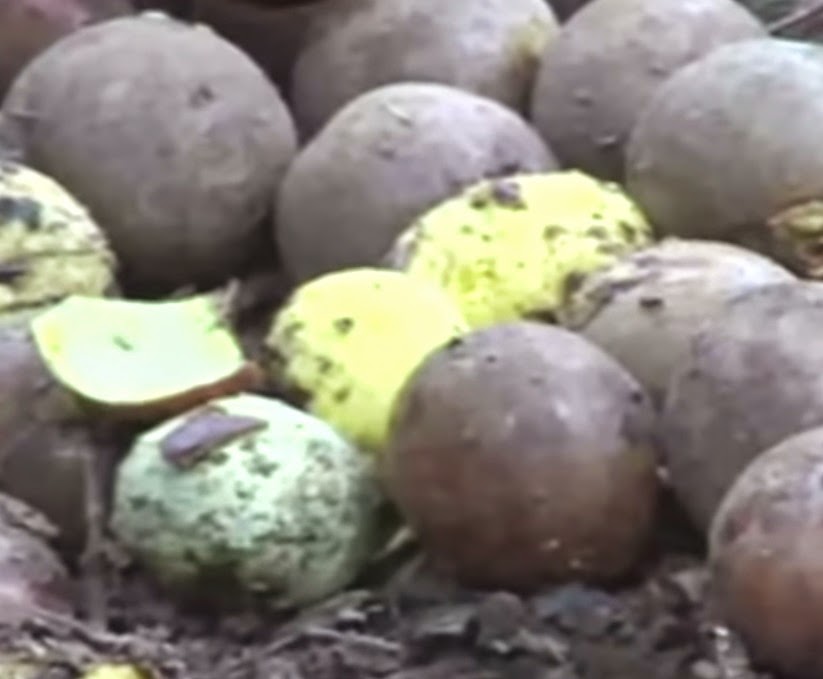
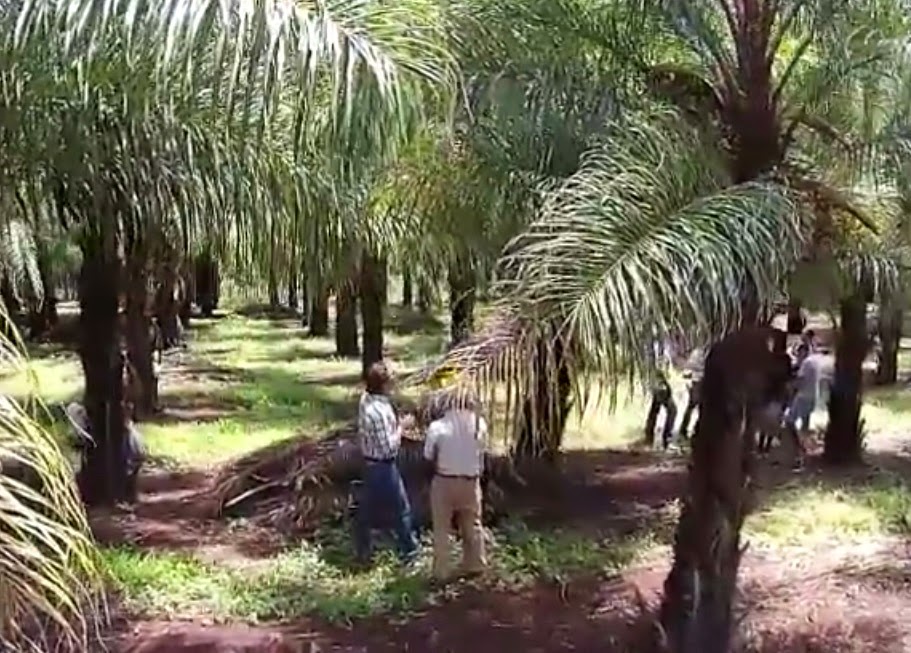

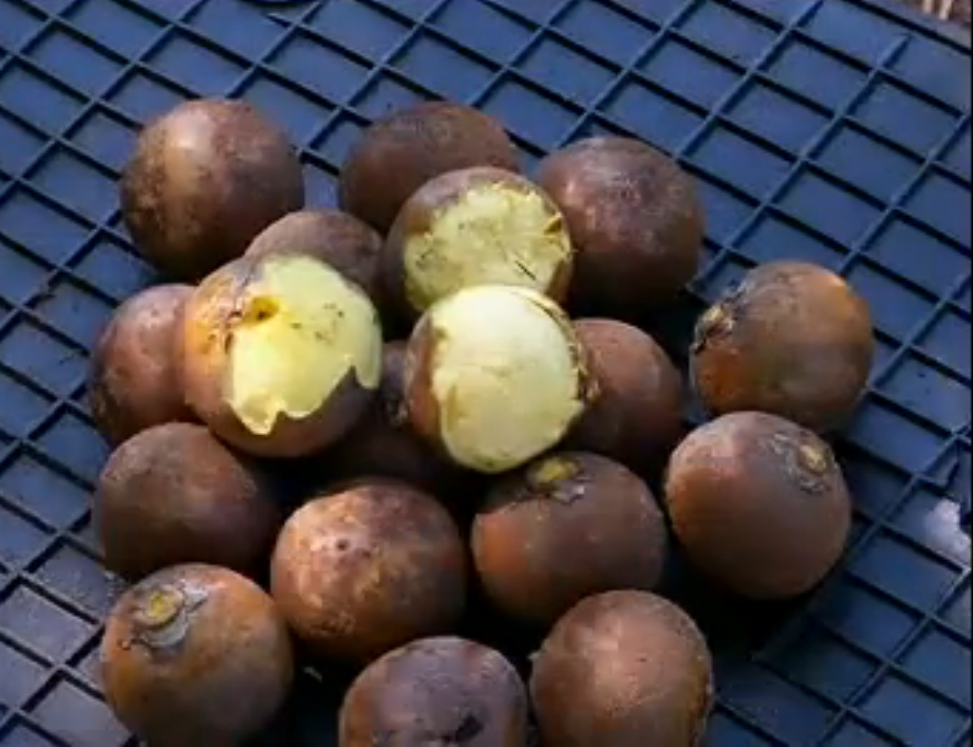
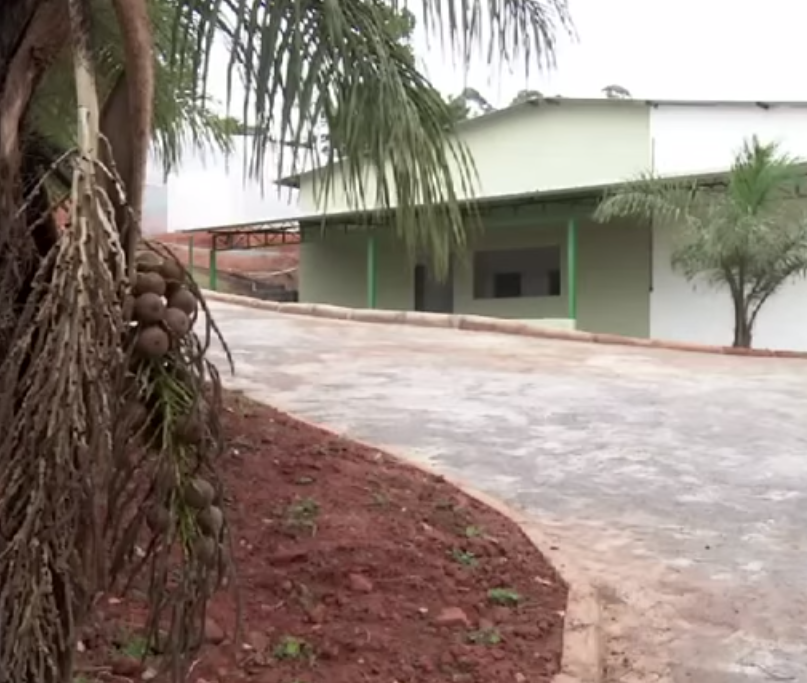
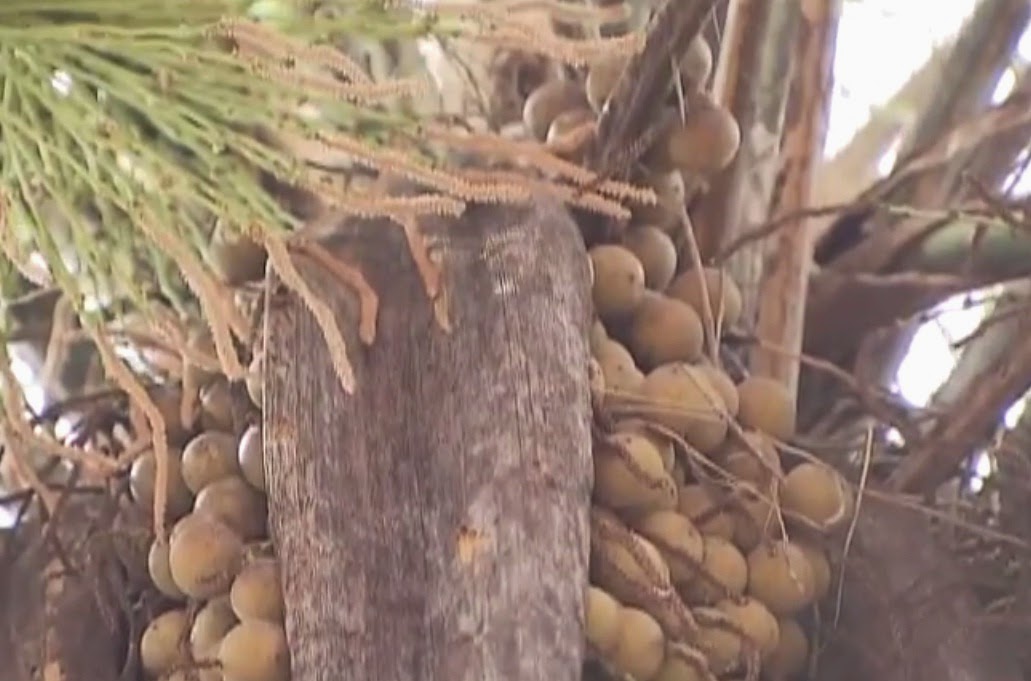
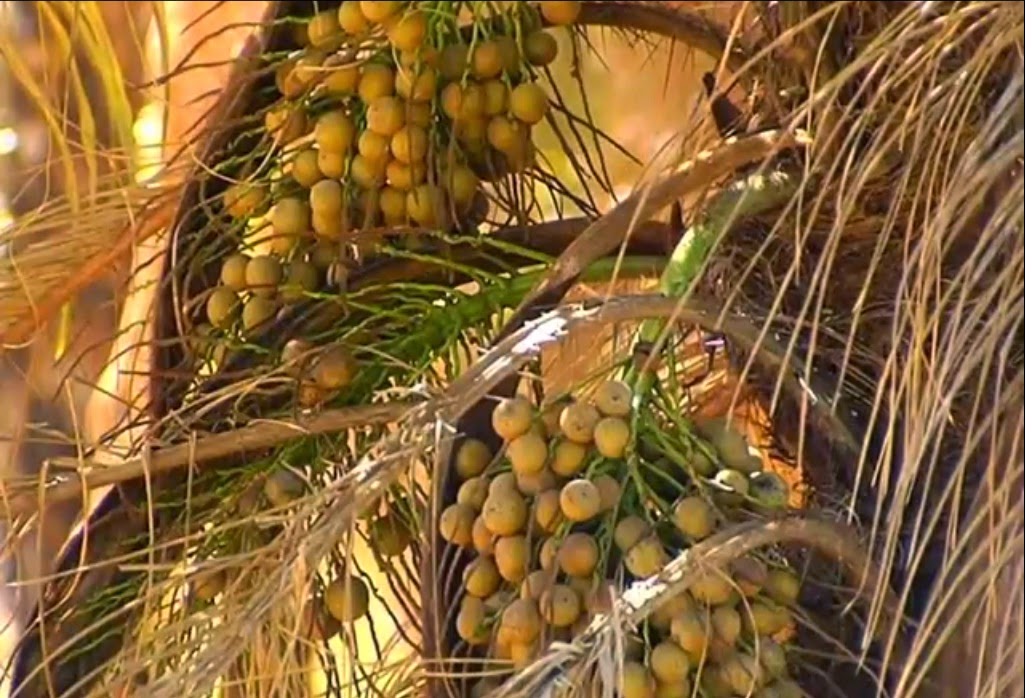

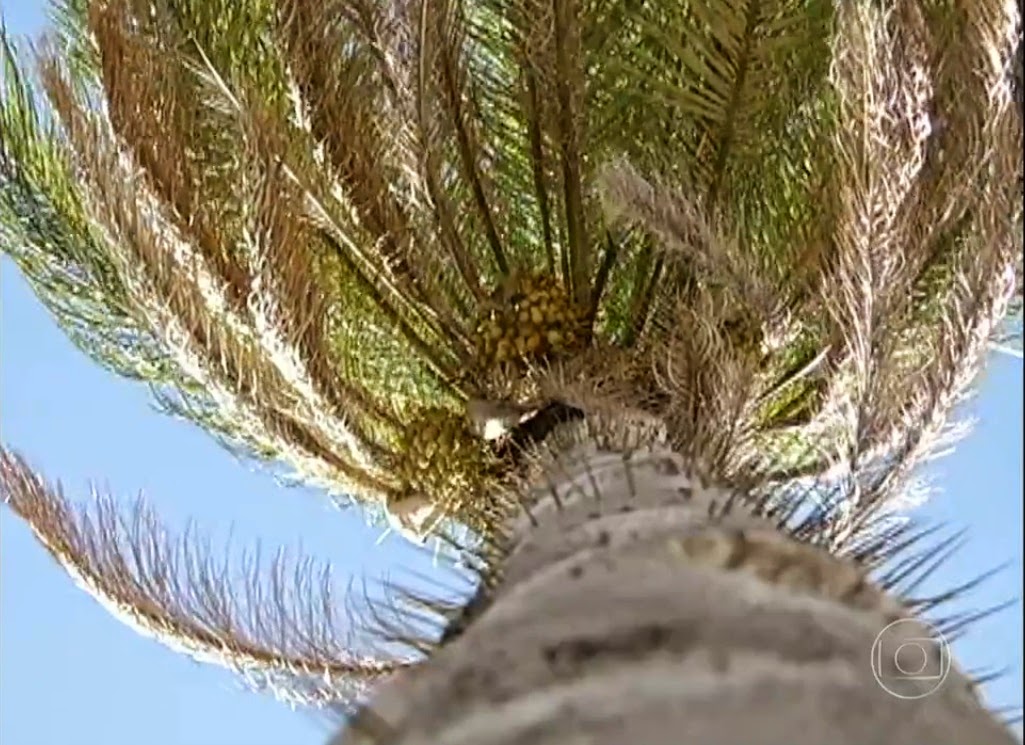

0 comentários
Agradecemos seu comentário! Volte sempre :)